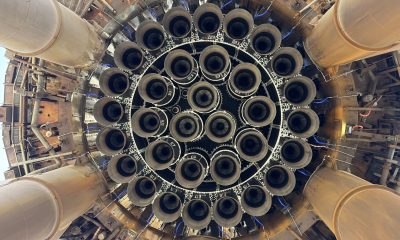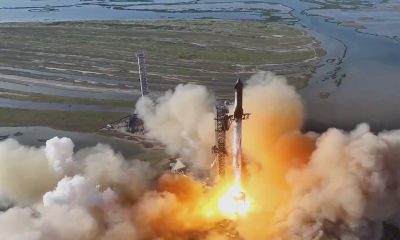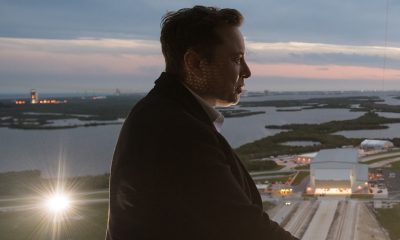

News
SpaceX’s Starlink satellite internet gains 750,000 subscribers in nine months
SpaceX says its Starlink satellite internet service has surpassed one million active subscribers just two years after its first limited beta release.
SpaceX began launching operational Starlink satellites in November 2019. A little over three years later, the company has successfully launched more than 3600 Starlink satellites, of which some 3000 are operational and ready to serve customers. That network expansion – unprecedented in the history of spaceflight and producing a satellite constellation a magnitude larger than the next largest – has also allowed SpaceX to significantly increase the number of active users it can serve.
In June 2022, CEO Elon Musk reported in an all-hands meeting that SpaceX’s Starlink internet had “nearly” 500,000 users. Just six months later, SpaceX says that figure has doubled to “more than 1,000,000 active subscribers,” indicating an average of roughly 2600 new subscribers per day throughout the second half of 2022. In the relatively tiny world of satellite broadband internet service, a million subscribers makes SpaceX directly comparable to companies that have been serving satellite internet for decades just two years after its first offering entered beta.
The update that's rolling out to the fleet makes full use of the front and rear steering travel to minimize turning circle. In this case a reduction of 1.6 feet just over the air— Wes (@wmorrill3) April 16, 2024
In the US, Hughes Network is SpaceX’s largest competitor and currently has a bit less than 1.3 million subscribers in the Americas. Cloudflare data suggests that only half of Starlink’s far more international customer base is located in the United States, indicating that SpaceX has secured almost 40% as many subscribers after offering its competing service for just two years. That growth – roughly 250,000 new subscribers per quarter since March 2022 – is the exact opposite of what virtually every other satellite internet provider has been experiencing for the last several years, most of which are slowly losing subscribers instead of gaining them.
Comments from CEO Elon Musk and actions made by SpaceX indicate that the company is unlikely to drastically slow that growth anytime soon. In 2021, Musk noted that SpaceX would only truly struggle with congestion once Starlink had “several million” subscribers. In late 2020, SpaceX also applied for FCC permission to operate up to five million user terminals (dishes that connect to Starlink) just in the United States.
Starlink’s design makes prioritizing a country or region essentially impossible. Instead of the large geostationary satellites most competitors operate tens of thousands of kilometers above Earth’s surface, where they more or less hover above a region of choice, Starlink satellites operate just 550 kilometers (~340 mi) up. At that altitude, each satellite orbits the Earth every 95 minutes and only spends a few minutes (or even seconds) over any given country. That strongly encourages SpaceX to serve customers in as many countries as possible, each of which has its own painful market entrance process for a new communications provider.
After years of work, SpaceX’s government relations team has secured permission to operate Starlink in roughly a quarter of all countries on Earth. Combined, those countries represent more than 1.5 billion people, 19% of the global population.
But Starlink likely only needs to convert a minuscule fraction of those people into customers to be a worthwhile and financially sustainable pursuit for SpaceX. The total capacity of the first 4405-satellite Starlink constellation can only be guessed at, but roughly estimating SpaceX’s total Starlink revenue is much easier. The cost of a subscription varies widely from country to country but Cloudflare indicates that the vast majority of subscribers live in countries where it costs around $100-110 per month and around $600 for a subsidized dish. Even accounting for SpaceX footing some of the bill for Starlink service in Ukraine, the network is almost certainly already generating more than a billion dollars of revenue per year
While the FCC is making it far from easy, SpaceX is already preparing to begin building a second-generation Starlink Gen2 constellation with nearly 30,000 satellites, each of which could launch with almost a magnitude more usable bandwidth than Gen 1 satellites. If SpaceX can continue to find new customers around the world, a million subscribers using Starlink Gen1 while the network is less than 70% complete imply that the most capable version of Starlink Gen2 could serve roughly 10-12 million subscribers at minimum. Assuming SpaceX does not substantially lower its revenue, the recurring revenue from 12 million Gen2 subscribers could be $14.5 billion per year.
Reaching Starlink profitability will be an even bigger challenge – and one that CEO Elon Musk has (perhaps overzealously) indicated could bankrupt SpaceX if the company attempts to do so with its Gen1 design. But securing a million active subscribers in two years and some 750,000 in the last nine months arguably indicates that SpaceX is on a good path and should allow the company to either decrease its fundraising burden or increase the reach of future spending on R&D and expansion.
News
Tesla bolsters Referral Program with big change and bigger rewards
The Tesla Referral Program offers benefits to both car buyers and existing Tesla owners, including complimentary Full Self-Driving trials, free Supercharging miles, and discounts on select purchases, such as cars.
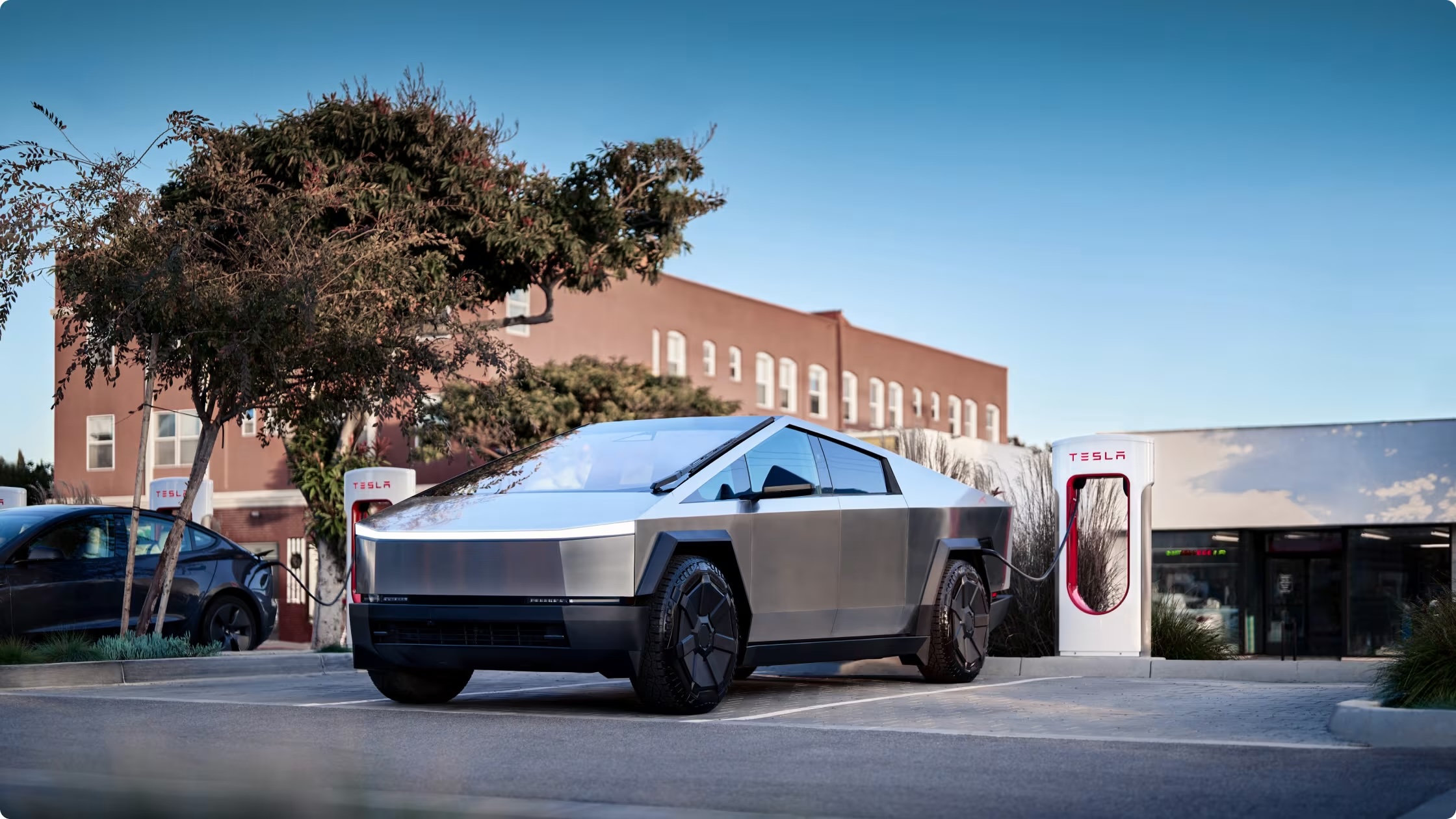
Tesla has bolstered its Referral Program by offering more significant benefits for both the referrer and the referee. However, it only applies to certain vehicles in the Tesla lineup.
The Tesla Referral Program offers benefits to both car buyers and existing Tesla owners, including complimentary Full Self-Driving trials, free Supercharging miles, and discounts on select purchases, such as cars.
It changes relatively frequently, and is a great way to encourage people to buy a new car. Tesla is routinely making adjustments to it to stimulate demand, but the referral program likely does not encourage too many sales. Instead, it’s more of a reward for the referrer.
However, the latest adjustments are more substantial for both the buyer and the owner, offering pretty sizeable discounts on the purchase price of a Model S, Model X, or Cybertruck.
There are also discounts for current owners, giving them money off of all five Tesla vehicles.
Here’s the rundown of the new Referral Program awards:
- You’ll earn $250 in Tesla Credits for each person you refer who takes delivery of a new Tesla
- The first 10 people who order a new Model S, Model X, or Cybertruck using your referral link and take delivery will receive $1,000 off their purchase
- When you purchase a new Model S, Model X, or Cybertruck for yourself, you’ll get $1,000 off
- When you purchase a new Model 3 or Model Y, you’ll get $500 off
- Limited to 10 awards
Tesla changed the referral program slightly for those using your code! pic.twitter.com/JBFzKlxsJg
— David Lescatre Jr (@DavidLescatreJr) September 21, 2025
This is a pretty big discount as $1,000 off a Model S, Model X, or Cybertruck is a nice benefit to three of Tesla’s most expensive vehicles.
The additional $500 off a Model 3 or Model Y is also a nice cushion. A similar Referral Program was launched by Tesla last August.
News
Tesla adjusts ‘Actually Smart Summon’ to avoid one common complaint
Tesla is adjusting Summon Standby’s settings slightly to combat the loss of battery life some owners might see with the feature active.
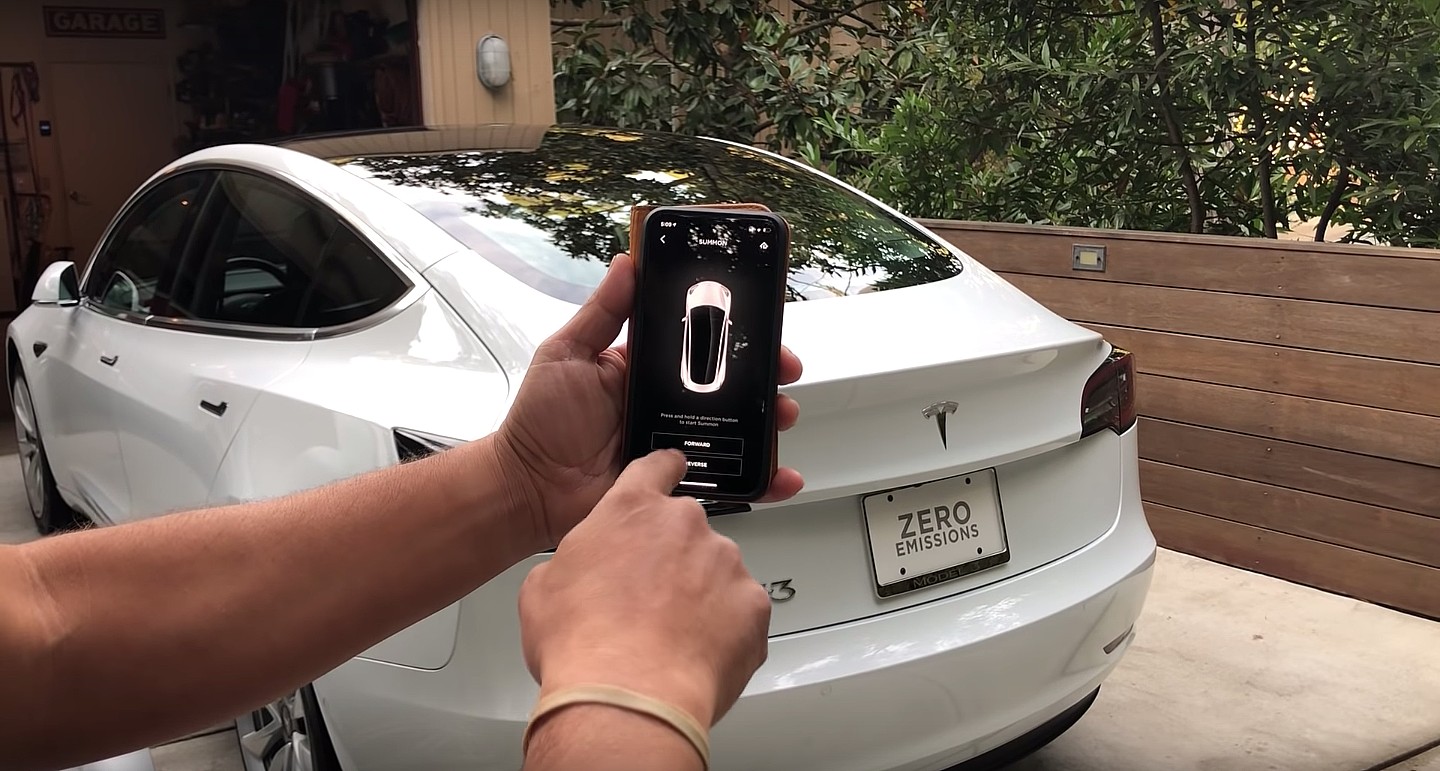
Tesla has adjusted one portion of its “Actually Smart Summon” (ASS) feature to address a common complaint from owners: battery drain.
Teslas have a lot of really awesome features that make them one of the most technologically advanced vehicle models on the market. Things like Sentry Mode, Cabin Overheat Protection, and ASS’s “Summon Standby” features all keep the car on its toes for anything that comes its way.
Tesla finally launches Actually Smart Summon and Dumb Summon
However, the activation of these features contributes to battery drain while the vehicle sits parked. The amount varies, but I personally have lost up to five percent with some of these features active. That’s a lot if you do not utilize home charging.
Tesla is doing what it can to combat the battery drain with each of these features. It has done so with Sentry Mode, as an update last year helped combat battery percentage loss due to the activation of the security feature.
It also recently introduced “Low Power Mode,” which will automatically deactivate some features if your battery falls below 20 percent. This is a great way to combat battery loss if your car is parked somewhere long-term, like an airport, for example.
There is also another feature that is attached to ASS called “Summon Standby.” This keeps the vehicle awake in case the owner needs quick connectivity to the vehicle, allowing them to summon the car to their location swiftly.
But there’s a drawback: keeping this feature activated will drain the battery. By default, the feature is activated when you take your car home, so you have to turn it off manually by accessing the settings menu inside the vehicle.
Turning this off would save you between 2% and 3% overnight, in my experience. With ASS still being a feature that needs some work, I chose to turn Summon Standby off. ASS will still work with the standby mode deactivated; it will just take a few more seconds for your phone to connect to the vehicle.
Tesla is adjusting Summon Standby’s settings slightly to combat the loss of battery life some owners might see with the feature active.
According to Not a Tesla App, Tesla has rolled out two conditions for which Summon Standby will be deactivated automatically:
Overnight Deactivation
Summon Standby will automatically be deactivated from midnight to 6 a.m. every night, which appears to be a data-driven decision made by Tesla based on the feature’s least-used hours.
This automatic pause cannot be turned off, at least for the time being.
Extended Parking Deactivation
If your Tesla is parked for over 24 hours, Summon Standby will also be deactivated automatically.
This is a great way to save battery life for those who are on vacation or are at home for several days in a row. This works similarly to the Low-Power Mode we talked about earlier in this article.
Elon Musk
Neuralink is planning to launch US trials translating thoughts into text
The trial could help pave the way for people with speech impairments to communicate more quickly and efficiently.
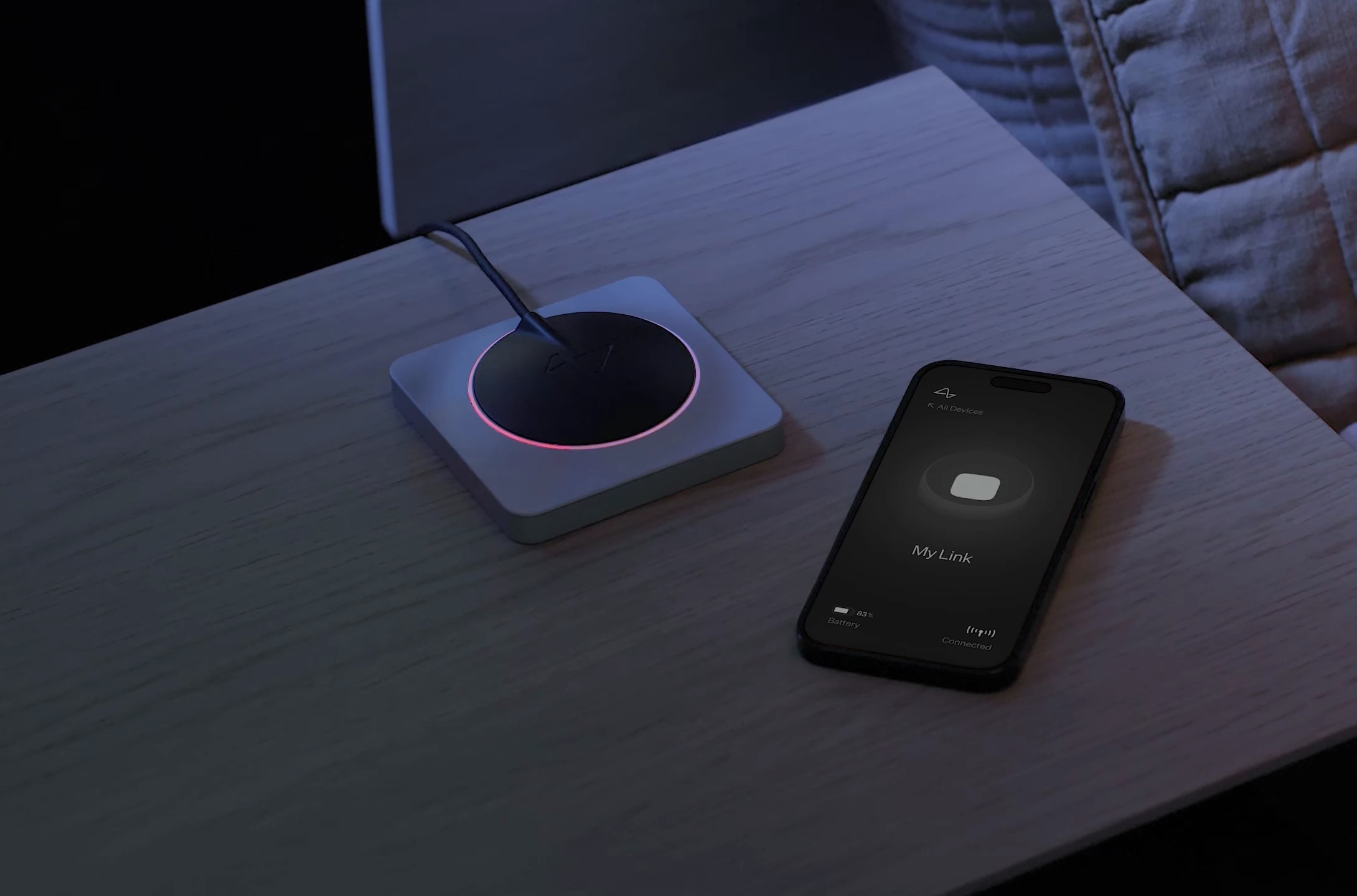
Neuralink, Elon Musk’s brain-computer interface company, is reportedly planning to start a US clinical trial in October to use its technology to translate thoughts directly into text.
The trial was approved by the FDA under an investigational device exemption, and it could help pave the way for people with speech impairments to communicate more quickly and efficiently.
Thought-to-text technology
The upcoming trial aims to read speech directly from the brain, enabling participants to transmit words without moving their mouths or using a keyboard, as noted in a report from Bloomberg News.
DJ Seo, Neuralink’s president, told an audience at the Korea Foundation for Advanced Studies in Seoul that the company hopes to demonstrate communication with large language model AI platforms “at the speed of thought,” potentially faster than spoken speech.
“We think that it’s actually possible to demonstrate abilities to speak to the latest AI model, or LLM models, at the speed of thought, even faster than how you’re speaking, and being able to potentially get that information back through your AirPods, effectively closing the loop,” Seo stated.
Production ambitions
Ultimately, Seo described the trial as a stepping stone toward broader human enhancement and consumer-facing applications, beyond the company’s initial focus on medical conditions like ALS, stroke, blindness, and Parkinson’s disease.
While initial implants will focus on patients with severe speech impairments, Neuralink plans to eventually expand to healthy individuals by 2030. The company aims to scale to 20,000 implants per year by 2031.
“We’re currently envisioning a world where, in about 3 to 4 years, there will be someone who’s otherwise healthy who’s going to get a Neuralink. If you’re imagining saying something, we would be able to pick that up,” the executive noted.
-
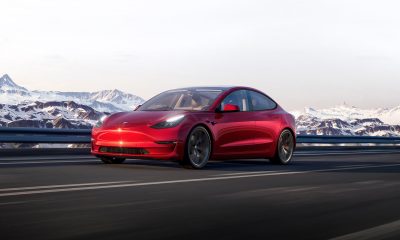
 News2 weeks ago
News2 weeks agoTesla is improving this critical feature in older vehicles
-

 Elon Musk2 weeks ago
Elon Musk2 weeks agoElon Musk confirms Tesla has never shown Optimus V3 design yet
-
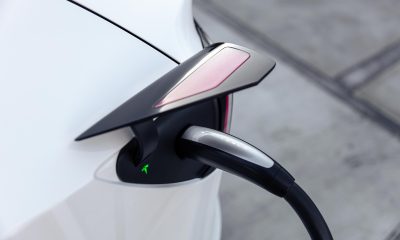
 News2 weeks ago
News2 weeks agoTesla launches MultiPass to simplify charging at non-Tesla stations
-
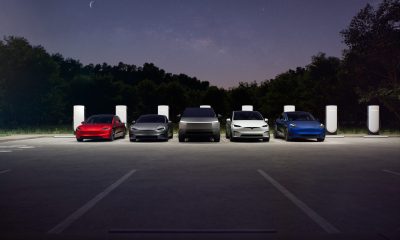
 News2 weeks ago
News2 weeks agoTesla is bailing out Canadian automakers once again: here’s how
-
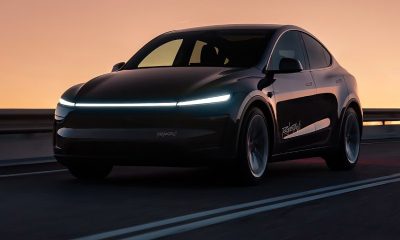
 News2 weeks ago
News2 weeks agoTesla lands regulatory green light for Robotaxi testing in new state
-
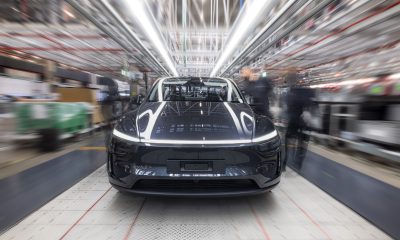
 Investor's Corner2 weeks ago
Investor's Corner2 weeks agoTesla bear turns bullish for two reasons as stock continues boost
-

 Elon Musk2 weeks ago
Elon Musk2 weeks agoStarlink’s EchoStar spectrum deal could bring 5G coverage anywhere
-
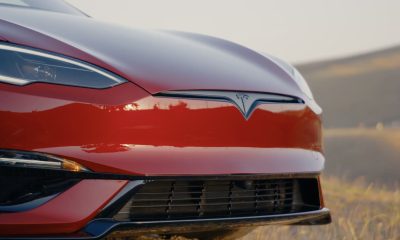
 News2 weeks ago
News2 weeks agoThis signature Tesla feature is facing a ban in one of its biggest markets


